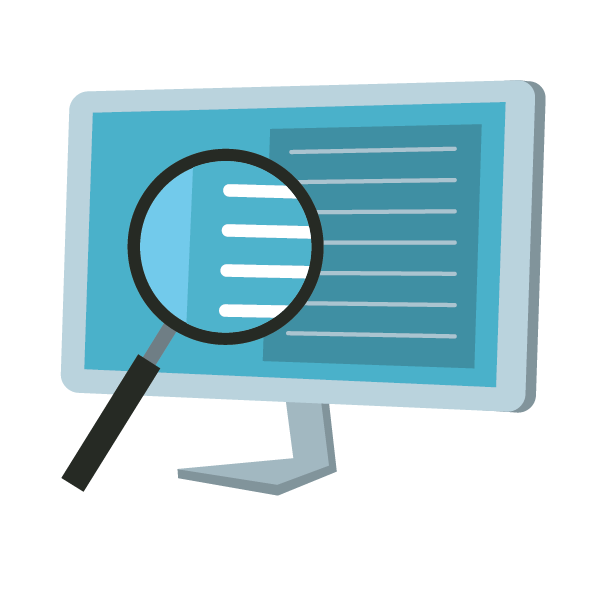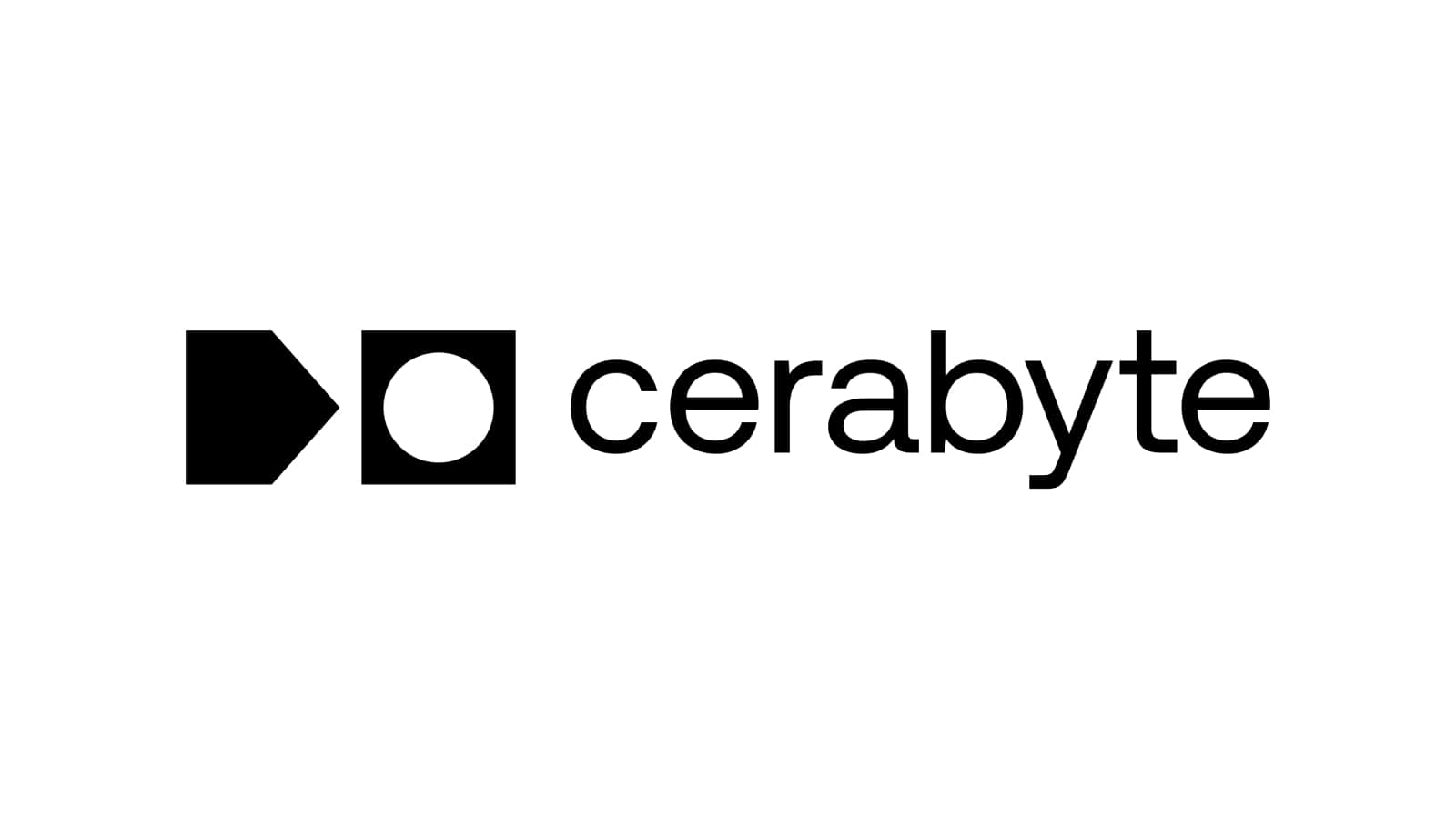DPC
What Makes a Good Digital Asset Register?
This section highlights some of the key pieces of advice covered later in this toolkit, you might use these to ensure you set off in the right direction for creating your Digital Asset Register (DAR). You may wish to summarize some of these points and other relevant requirements into a set of guiding principles to inform the creation of your DAR. This will allow you to refer back to these throughout the process to ensure you are meeting the aims you set out.
No assigned responsibilities for managing, updating, and reviewing the DAR.
|
What makes a good DAR? |
What makes a bad DAR? |
|
A well-scoped DAR that captures information on a clearly defined set of digital content (e.g. all born-digital content held by the archive). |
A poorly scoped DAR that captures patchy information about an indiscriminately selected set of digital content. |
|
Minimum required information is captured about all digital content. |
Detailed information is captured on only a few groups of digital content, with many others undocumented in the DAR. |
|
Columns with headings whose purposes are clearly described and documented (this may be in an accompanying document to keep the DAR tidy). |
Columns with vague headings that are not described and documented, or where it has been done poorly. |
|
Information that is captured in well-structured formats and is processable where possible (e.g. numerical data or yes/no). |
Long blocks of textual information of varying quality that is hard to interpret or process. |
|
Information captured directly supports the DAR’s proposed uses. |
A large number of columns, many of which contain extraneous information that is never used. |
|
Information captured does not significantly duplicate the information held in other systems. |
There is significant duplication of information held in other systems. |
|
There is a balance of effort between creating a DAR that is useful and the time required to complete entries. |
New entries are excessively time consuming to complete. |
|
Use of set lists of terms and/or drop-down lists for data entry where possible, to facilitate easy comparison of records. |
No guidance or structure for data entry, leading to variable data quality. |
|
Information is captured at a consistent level across the DAR (e.g. collection/fonds, series, or accession) |
Information is captured at different levels across the DAR (e.g. at collection-level for some content, and at item-level for others). |
|
Use of a consistent method for capturing information about potentially measurable elements such as risk (e.g. a standard scoring metric for assessment) |
Use of a range of different methods for capturing potentially measurable information, making it impossible to compare different records. |
|
Clearly marking if entering information in each column is considered to be required or optional, to help ensure the most important columns are populated. |
Not identifying if information is required or optional, thereby not making it clear which are the most important columns to complete. |
|
A clearly established process for when the DAR will be updated (e.g. when new accessions are received or as part of a monthly data audit). |
No standard update process, leading to a DAR that is rarely and/or inconsistently updated (e.g. new content are often not added or data entered is poor). |
|
Clear roles and responsibilities for managing, updating, and reviewing the DAR. |
No assigned responsibilities for managing, updating, and reviewing the DAR. |
|
A plan is made and executed for the DAR to be reviewed at regular intervals, to ensure it remains useful and accurate. |
No plan to update and review the DAR, leading to its continued use when it is out of date and not fit for purpose. |
Introduction
This section provides an overview and introduction to DARs and how they can be used. Use this to find out what DARs are and why you might want one.
What is a Digital Asset Register?
A DAR is a tool for gathering information about digital content to support an understanding of the digital content held by an organization, and to facilitate efficient management of its preservation. It will capture information such as a brief description of digital content, where content is stored, its size, what formats are included, and who holds intellectual property rights. A DAR might take the form of a spreadsheet, a database, or another format that is useful for practitioners.
A DAR provides an overarching view of digital content that helps practitioners to identify gaps, overlap, related risks, and other information useful to making preservation decisions and managing content over time. The information held in a DAR can also be useful when making the case for digital preservation, as it allows the generation of key statistics about the content.
A DAR, as a high-level summary used for managing content, exists at one end of the spectrum of the information you will need to help manage digital content. At the other end of the spectrum, you may look to maintain item level metadata in what can be referred to as “File Manifests”. These capture detailed metadata about individual files that can include the file’s name, location, size, and format.
Why Build a Digital Asset Register?
Building a DAR can bring many benefits in relation to the management of digital content. By its nature, digital content is ephemeral. There is no easily identifiable “original” in the way there can be for physical, analogue records. Digital files contain binary information on storage media that is easy to replicate and requires software and hardware to be able to interpret it. To help manage this less tangible content, we need new ways to record information about what we have, where it is stored, and what we need to do to preserve it over time.
With these issues in mind, perhaps the primary benefit of a DAR is the ability to gain intellectual control of digital content held by your organization. Carrying out a survey to gather the information for your DAR will allow a unique opportunity to “get to know'' your digital content. You will get a better “big picture” understanding of the landscape of your digital content, whilst also gathering useful data on content types, file formats, intellectual property rights, risks, and more.
It also allows you to capture a view of your digital content in a “non-systems centric” way. This means bringing together information by intellectual grouping, e.g. by accession, collection, or series, rather than capturing simple information such as how many files are held in a particular storage area, repository, or digital asset management system.
Building a DAR can also facilitate better management of digital content by:
-
Capturing important information in one place that might otherwise be scattered across accession records, paper documentation, catalogues, or not captured at all.
-
Acting as a finding aid for content not yet fully processed.
-
Providing information needed to plan and prioritize ingest and processing of digital content.
-
Facilitating retention decisions and processes.
-
Establishing clear responsibilities for the management and preservation of digital content.
Building a DAR also brings a range of potential advocacy benefits, allowing engagement with a wide range of colleagues and providing a reason to discuss the importance of digital content and how it is managed. Due to its lack of physical presence, digital content can sometimes be “invisible” to those not working with them directly. The information and statistics that can be generated from a DAR can help to convey their extent. Ultimately, the resulting DAR can also help frame the digital content as an organizational asset, and the information it contains can be used to make the case for additional resources for digital preservation. Additionally, it provides a concrete reason to request the time and resources required to complete a full survey to assess the extent of your digital content. Without a defined and practical end product like a DAR, it can be difficult to persuade decision makers of the importance of this process.
Finally, you may wish to build a DAR as it is a recognized good practice activity that is recommended by a number of accreditation and bench-marking processes. In the UK, a DAR is a useful tool to help support Archive Service Accreditation, providing information needed for the application, as well as being a demonstration of robust management practices. The development and use of a DAR is also mentioned in the DPC’s Rapid Assessment Model (DPC RAM), and building your own will aid in leveling-up your digital preservation capabilities. These requirements can also, in turn, feed into advocacy activities, showing the importance of a DAR and how its development and use will reflect well on the organization’s digital preservation activities.
Vacancy for Digital Preservation Archivist at the British Film Institute
20 May 2024
BFI National Archive, Berkhamsted. We operate a hybrid working model at the BFI. This role requires 4 working days per month at the Conservation Centre in Berkhamsted, Hertfordshire
£32,952 - £38,613 per annum
Fixed Term
Digital Asset Register Toolkit
 This Toolkit aims to offer practical guidance on how to build, maintain, and use a Digital Asset Register (DAR). It starts by taking you through what a DAR is, why you may wish to build one, and who this toolkit is aimed at. Subsequent sections detail what makes a good DAR, a step-by-step guide to developing one, an example template, further details about information gathering, and using and updating your DAR.
This Toolkit aims to offer practical guidance on how to build, maintain, and use a Digital Asset Register (DAR). It starts by taking you through what a DAR is, why you may wish to build one, and who this toolkit is aimed at. Subsequent sections detail what makes a good DAR, a step-by-step guide to developing one, an example template, further details about information gathering, and using and updating your DAR.
This Toolkit is for anyone who would like to create a DAR to aid their digital preservation activities. It is targeted at practitioners who are working with digital resources and would like a method for gaining better intellectual control of their digital content. The Toolkit is primarily aimed at those developing a DAR for the first time, but it will also be useful for those wishing to review and enhance an existing one.
There is no one-size-fits-all formula for building a DAR. How you build it will depend on your own context and will need to take account of the types of content to be preserved, what it will be used for, and the wider organizational context. This Toolkit seeks to guide you through a process which will help you to understand what you need from your DAR and how to build and maintain a register that will meet those requirements.

This toolkit was developed by the Digital Preservation Coalition, with support and funding from The National Archives (UK). Much of the guidance included here was gathered from experienced digital preservation practitioners during a series of focus groups held in November 2023. Many thanks to all who participated in the focus groups, for all of the excellent information and advice provided, and to The National Archives (UK) for their continued generous support for the development of digital preservation good practice.
Accompanying the toolkit are two practical resources to help you build a digital asset register: a Word template for planning the development of your register, and an Excel template for an actual register. The register template also includes a dashboard that will provide summary statistics and graphs about the content described in it. Download these, and a PDF copy of the toolkit using the following links:
- Digital Asset Register Toolkit (PDF Version)
- Digital Asset Register Planning Template (.DOCX)
- Template for a Digital Asset Register (.XSLX)
IntroductionAn overview and introduction to DARs and how they can be used. |
|
| |
What Makes a Good Digital Asset Register?Information on what makes a good (and bad) DAR. |
Step-by-Step Guide to Building a Digital Asset RegisterA step by step guide to designing, developing, using, and maintaining you DAR. |
|
| |
Template for Building a Digital Asset RegisterA detailed guide to a recommended structure for your DAR, including general tips and advice on format and storage. A list of optional additional headings that might be included is also available. |
More on Information GatheringGuidance on the information gathering methods you might use to gather the data for your DAR. This also includes a list example interview questions. |
|
Useful ResourcesA list of additional resources that can help with planning, building, and maintaining your DAR. |
This is version 1 of the Digital Asset Register Toolkit (released May 2024). Do contact us with any comments and feedback to help us improve this toolkit.
Attributions for the Digital Asset Register Toolkit should be as follows:
Digital Preservation Coalition, Digital Asset Register Toolkit, 1st Edition, http://www.doi.org/10.7207/dartool24-01, © 2024
Call for Applicants: DPC Grant for NTTW8 in Karlsruhe
Added on 8 May 2024
The Digital Preservation Coalition (DPC) is pleased to offer a Career Development Fund travel grant to support a DPC member attending the 8th edition of The No Time To Wait Conference (#NTTW8), taking place September 11 to 13, 2024 at the ZKM | Center for Art and Media Karlsruhe.
This grant will contribute funding to help with the costs of travel and accommodation. Grant applications are welcomed from all DPC Members until the deadline of 7:00 UTC on 4th June 2024, and more details are provided below.
Cerabyte joins the DPC Supporter Program
Added on 7 May 2024
The Digital Preservation Coalition (DPC) welcomes Cerabyte to its Supporter Program this week.
With origins in the Memory of Mankind project, Cerabyte is a start-up business offering a sustainable and long-term storage technology for retaining data. The development of Cerabyte, a technology based on silicate materials, is able to preserve audio, visual, gaming and other formats – as well as text-based data.
Vacancy for Archivist at American Institute of Physics
Maryland, Virginia, or Washington, DC
Part-Time
Vacancy for Archivist, Digital Archive Relocation (DAR) Project at Houses of Parliament
19 May 2024
London (flexible working opportunities)
£36,500 pa
Full-Time
Vacancy for Senior Research Data Steward at University College London
12 May 2024
London
£51,474 to £63,921
Full-Time
The First Digital Preservation Publications Index Is Now Available
The first prototype service from the Registries of Good Practice Project is now available, here: https://www.digipres.org/publications/
This first experiment has focussed on bringing together the proceedings of the iPRES Conference series. We're hoping this will make it much easier to find and build on the digital preservation research and practice from the twenty-year history of iPRES.































































































































